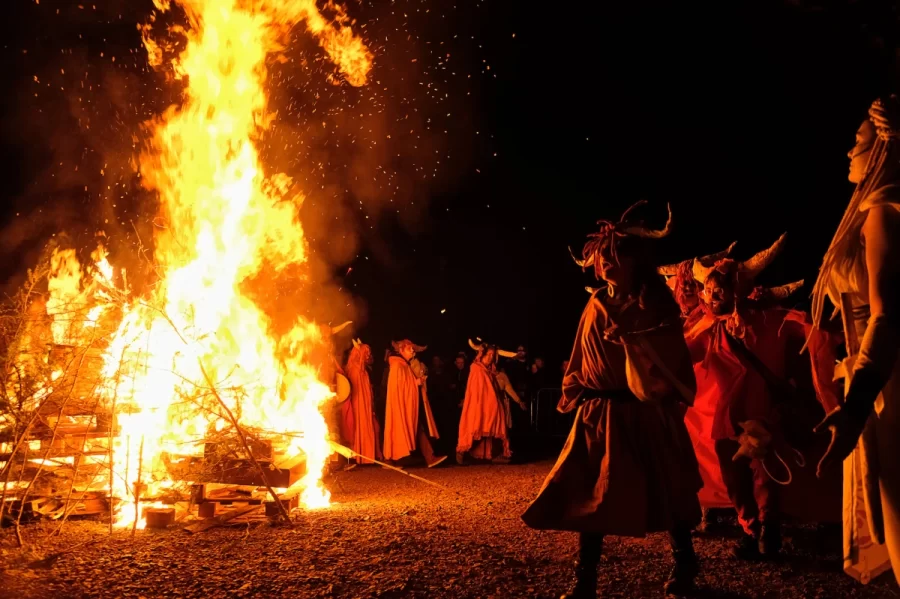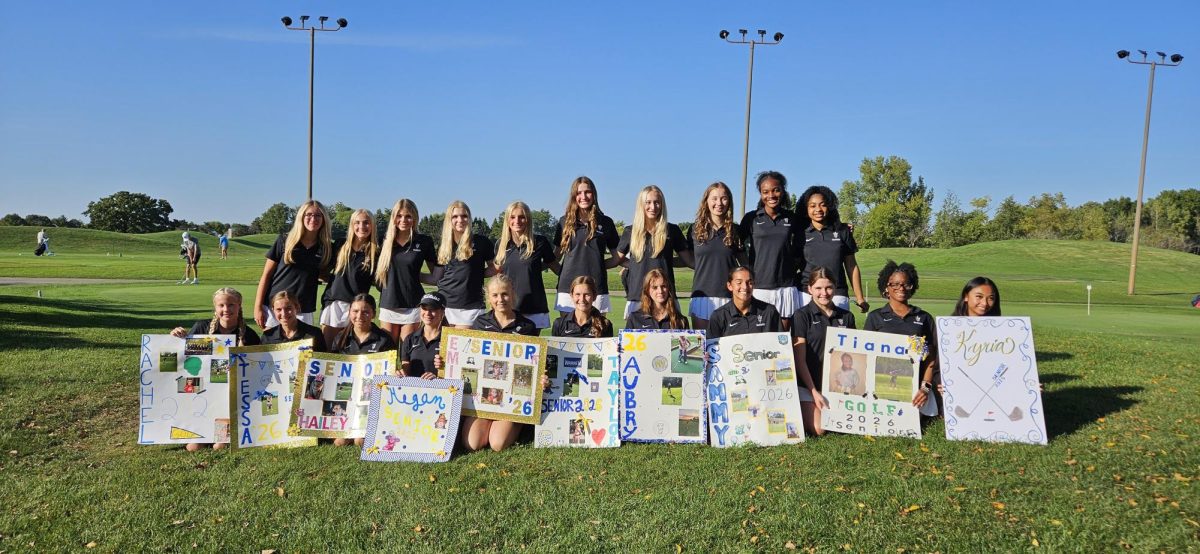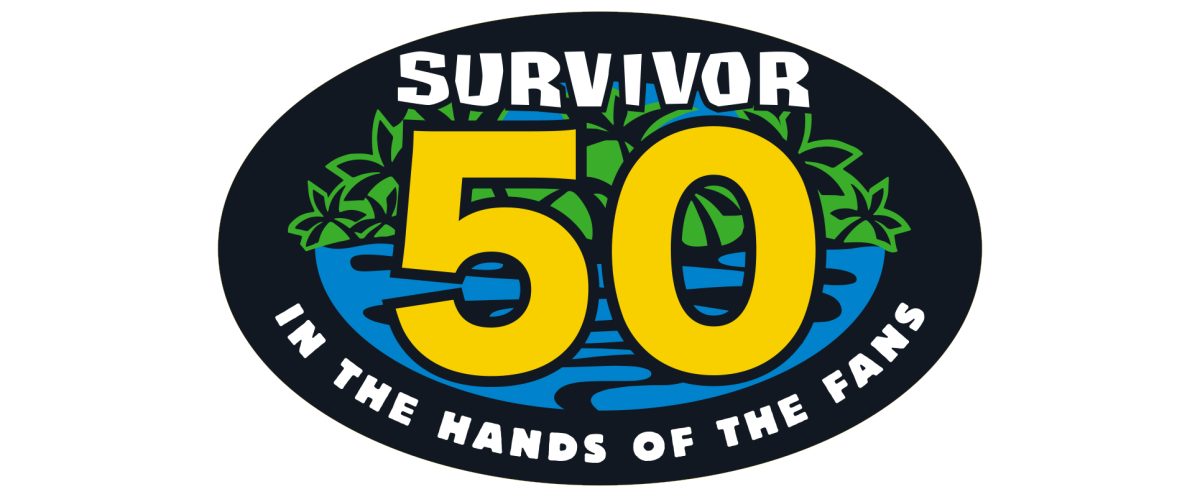Memory of Halloween
November 6, 2022
We all remember that one time in our childhood when we got dressed up in costume, went out through our neighborhood door-to-door saying the magic words “trick or treat”, and received treats of delectable delight. Well, that’s what Halloween is — fun yet spooky time of year where kids dress up in costume in an attempt to garner as much candy as possible before the night’s end.
The screams, the terrors, the fright, the fun, and most importantly, the FREE CANDY. This holiday encourages kids to go out and have fun. Nowadays, Halloween is a holiday designed for children to have fun and be treated for it.
As fun as Halloween is, it would be shocking to know that it was never intended to be a holiday for children. Halloween was originally an ancient Celtic spiritual festival known as Samhain (a festival marking the end of summer and the beginning of harvest). This was a festival where people would dress up in costume and light bonfires for the sake of warding off ghosts and evil spirits. Designed in the 18th century by Pope Gregory III, this tradition was meant to honor the souls of the dead and ward off evil spirits. The Samhain festival was celebrated from the night before to the day of November 1st. On the night before November 1st, those who partook in the festival performed rituals in preparation for the coming day, thus giving the night of October 31st the name All Hallows’ Eve.
During this time, it signified the welcome in the harvest and usher into the “dark half of the year”. Those who celebrated the holiday believed that during this time, the barrier between the mortal and spirit world would fall, allowing for interaction between the living and the souls of the dead.
Due to the Celts’ belief that the barrier between the spirit and mortal world fall, they also believed that there was an opportunity for monsters to cross over into the mortal world just like the spirits of the fallen ancestors. The Celts thought that dressing up in costume as monsters would protect them from the monsters crossing over. Fairies and sidhs were revered by the Celts so on this night, they would provide offerings to them outside their village.
As time went on the tradition evolved and certain practices of the past became mere memories of the past. For example, the carving of squash followed by pumpkin was a tradition started by farmers to protect their farm from monsters. The spooky face that was carved into the pumpkin was meant to scare off other monsters, but the creation of jack-o-lanterns was later sparked.
1800s children would dress up and go door-to-door asking for food or money, a practice that required them to be satisfied by a homeowner’s offering lest the kids perform a prank. This practice was later dubbed “trick or treating”.
Halloween originated in Europe, but wasn’t until it was later brought to the United States during colonization that it became the holiday we all know and love today.









